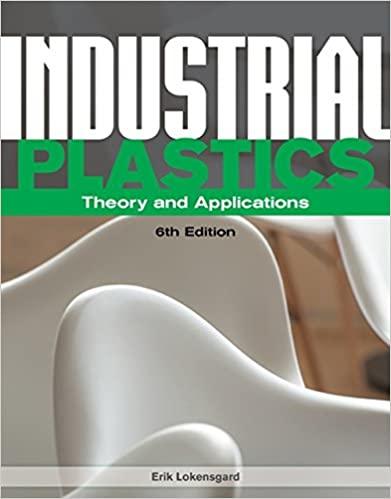Question
The first-order, gas-phase, reversible reaction A B + 2C is taking place in a membrane reactor. Pure A enters the reactor, and B diffuses out
The first-order, gas-phase, reversible reaction A B + 2C is taking place in a membrane reactor. Pure A enters the reactor, and B diffuses out through the membrane. Unfortunately, a small amount of the reactant A also diffuses through the membrane.
Given: k = 10 min1 KC = 0.01 mol2/dm6 kCA = 1 min1 kCB = 40 min1 FA0 = 100 mol/min 0 = 100 dm3/min Vreactor = 20 dm3
To Solve:
a) Plot and analyze the flow rates of A, B, and C and the conversion X down the reactor, as well as the flow rates of A and B through the membrane.
b) Compare the conversion profiles in a conventional PFR with those of a membrane reactor from part (a). What generalizations can you make?
c) Would the conversion of A be greater or smaller if C were diffusing out instead of B?
d) Discuss qualitatively how your curves would change if the temperature were increased significantly or decreased significantly for an exothermic reaction. Repeat the discussion for an endothermic reaction.
Step by Step Solution
There are 3 Steps involved in it
Step: 1

Get Instant Access to Expert-Tailored Solutions
See step-by-step solutions with expert insights and AI powered tools for academic success
Step: 2

Step: 3

Ace Your Homework with AI
Get the answers you need in no time with our AI-driven, step-by-step assistance
Get Started


